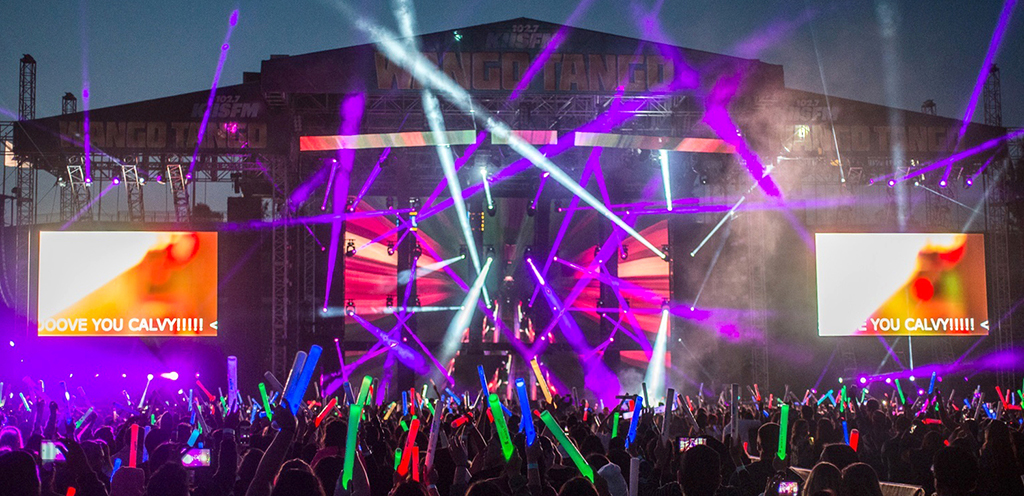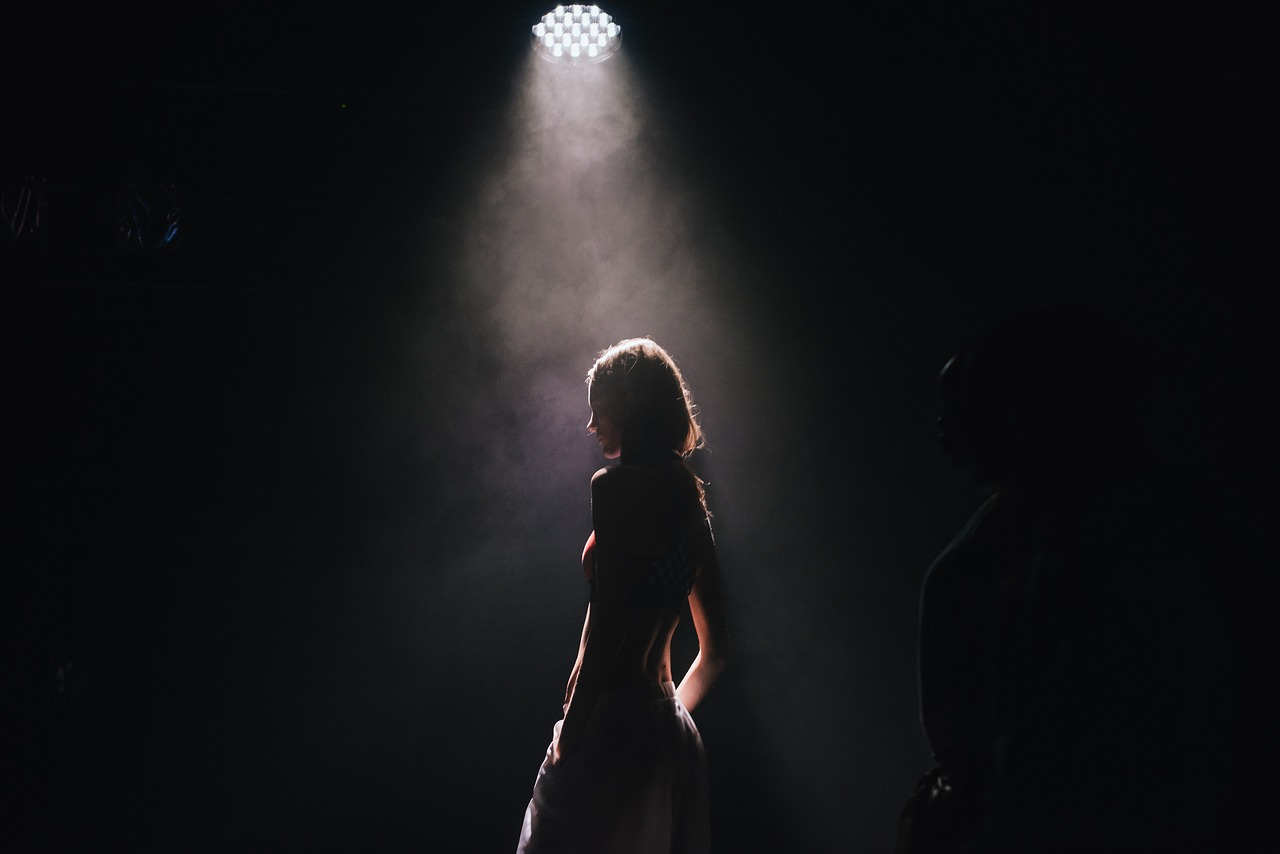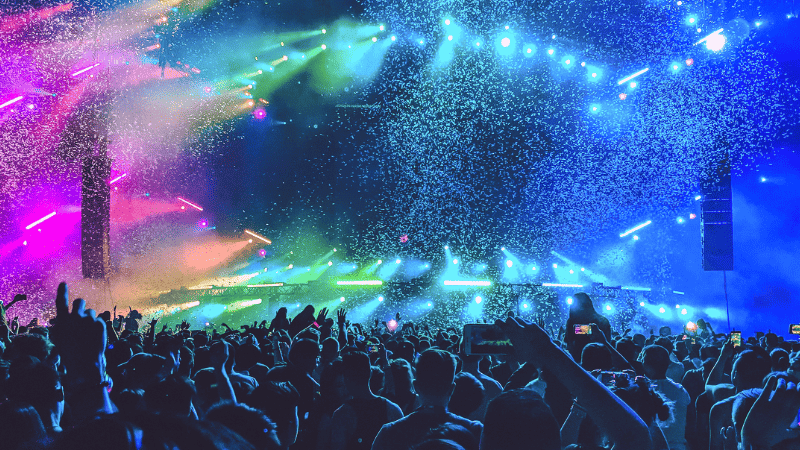Introduction: The Language of Light on Stage
When designing a professional lighting rig, understanding the difference between beam, spot, and wash lights is essential. Each serves a unique purpose, delivers distinct visual effects, and plays a critical role in how performances are perceived by audiences. Whether you're illuminating a concert, theatrical production, or event showcase, mastering these core fixture types is the foundation of effective stage lighting design.
1. Beam Lights: Focused Power and Visual Drama
What Are Beam Lights?
Beam lights are characterized by their extremely narrow beam angles, typically between 2–5°. They produce tight, laser-like shafts of light that can travel great distances through air or haze, making them ideal for high-energy visual effects and large-scale shows.
Key Features:
Narrow beam angle (as low as 2°)
Crisp output with strong intensity
Ideal for aerial effects and light tunnels
Best Use Cases:
EDM concerts and DJ sets
Opening acts or countdown sequences
Outdoor events with large stage heights
Modern beam lights often include gobos and prisms, allowing the beam to split or morph mid-air for enhanced complexity.

2. Spot Lights: Texture, Precision, and Control
What Are Spot Lights?
Spot lights (or profile lights) offer a medium beam angle and are used for projecting shapes, textures, and logos via gobos. Unlike beam lights, they emphasize clarity and detail, making them excellent for keylighting performers or scenery.
Key Features:
Beam angles typically 10–30°
Gobo wheels and color wheels for pattern projection
Framing shutters and zoom lens for control
Best Use Cases:
Highlighting performers on stage
Projecting company logos or monograms
Creating sharp-edged cues or textured backgrounds
Spot lights blend precision with artistry, bridging the gap between effect and storytelling.

3. Wash Lights: Full Coverage and Ambient Color
What Are Wash Lights?
Wash lights provide wide, soft-edged beams of light, designed for even illumination across large areas. They’re essential for setting the general mood and atmosphere on stage.
Key Features:
Wide beam angle (often 25°–60°+)
Soft edges for seamless blending
RGBW or 6-in-1 LEDs for color variety
Best Use Cases:
Lighting backdrops and curtains
Creating ambient or emotional environments
Enhancing skin tones in performance lighting
Fixtures like LED PARs or moving head washes are staples for stage washes due to their energy efficiency and wide output coverage.

4. Comparison Table: Beam vs Spot vs Wash
| Feature | Beam Light | Spot Light | Wash Light |
|---|---|---|---|
| Beam Angle | Very narrow (2°–5°) | Medium (10°–30°) | Wide (25°–60°+) |
| Output Style | Sharp, piercing shafts | Defined patterns and gobos | Even, soft color spreads |
| Control Options | Pan, tilt, prism, strobe | Gobo, zoom, shutter, focus | Dimming, color mixing |
| Best For | Dramatic effects | Performer highlighting | General atmosphere |
5. Building a Balanced Rig
To design a well-rounded lighting setup, use all three fixture types in harmony:
Use beam lights to create motion and intensity in the air.
Use spot lights to guide audience attention and create patterns.
Use wash lights to bring color and fill to your stage canvas.
For example, during a concert:
Beam lights shoot through haze above the crowd
Spot lights focus on the singer
Wash lights paint the stage and musicians in mood-driven color
The synergy of beam, spot, and wash fixtures gives lighting designers full control over dynamics, emotion, and visibility.
READ MORE:
Products
Contact us





Blue Sea Lighting is an enterprise with rich experience in the integration of industry and trade in stage lighting and stage special effects related equipment. Its products include moving head lights, par lights, wall washer lights, logo gobo projector lights, power distributor, stage effects such as electronic fireworks machines, snow machines, smoke bubble machines, and related accessories such as light clamps.
Quick Links
For more questions subscribe to our email








